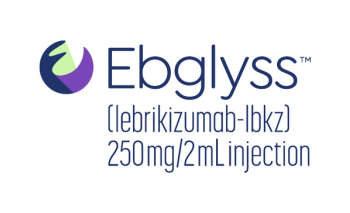
CDHP members maintain levels of care
One of the main criticisms of consumer-directed health plans questions whether members avoid needed medications to save money
A study by Prime Therapeutics supports the notion that costs influence drug utilization in CDHPs. The Minneapolis-based pharmacy benefits manager (PBM) investigated three groups of members: individuals with out-of-pocket outlays of $1,000 to $1,999, or families with $2,000 to $3,999 out-of-pocket (Level l); individuals with out-of-pocket of $2,000 to $3,999, or families with $4,000 to $7,999 (Level 2); and individuals with more than $4,000 in out-of-pocket, or families with more than $8,000 in outlays (Level 3). Nearly 94% of those examined were Level 1 or Level 2.
The study shows that the higher the deductible, the fewer drugs used, falling from 82.5 prescriptions per 100 members per month in Level 1, to 69.4 in Level 2, and 41.9 in Level 3. When prescriptions for key chronic medications were observed, the pattern remained the same, but the discrepancy was not nearly as wide: 31.3 prescriptions per 100 members per month in Level 1, 26.7 per 100 per month in Level 2, and 17 per 100 per month in Level 3. Prime Therapeutics' commercial bank of business showed 95.8 prescriptions per 100 members per month for all drugs and 38.7 for chronic disease medications. The use of generics did not differ substantially between the levels.
Other studies show similar results. Nearly 75% of CDHP members indicate that they factor in cost when deciding whether to see a doctor or fill a prescription, compared with 47% in a traditional plan, according to the Employee Benefit Research Institute (EBRI) in a 2008 study. The Institute also says that 38% of those with consumer-directed coverage say they have delayed or avoided necessary healthcare because of cost.
DRUG TREND DROPS
A positive note comes from the results of the 2009 CIGNA Consumer Driven Health Plan Claims Experience Study, which compared claims data for 22,000 members with diabetes and hypertension in both CDHPs and traditional HMOs and PPOs. The objective was to determine whether members were cutting costs by scaling back care. The multi-year study shows that while individuals in CDHPs reduced costs, they maintained or improved their levels of care.
• Medical cost trend was substantially less for CIGNA Choice Fund members (CIGNA's high-deductible plan) with diabetes (20%) or hypertension (18%) than for individuals with either of those diseases in traditional CIGNA health plans. Since all members maintained similar treatment regimens, the results suggest that CDHP individuals' lower cost trend is likely a result of better chronic disease management, rather than because of patients forgoing recommended care.
• In the first year, pharmacy cost trend for those enrolled in a CDHP was 10% lower than traditional plan cost trend. Thom Stambaugh, chief clinical officer of CIGNA Pharmacy Management, anticipates that in the second year, the pharmacy drug trend will drop 4%.
• The use of generics by CDHP members was 5% higher. Each percent higher generates 2% in cost savings.
• In the first year, overall medical trend for CIGNA Choice Fund plans was -3.3% versus +10.6% for traditional plans. In addition, the study shows that the lower medical trend for CDHPs continues in subsequent years.
Stambaugh says that the survey has helped to dispel existing myths about CDHPs, namely that members don't use appropriate quality care because it is too expensive and that employers only accrue savings for cost-shifting during the first year.
"As an integrated PBM, our value proposition is to optimize clinical outcomes through drugs by demonstrating the lowest net pharmacy costs, which should affect total costs," Stambaugh says.
Newsletter
Get the latest industry news, event updates, and more from Managed healthcare Executive.





















































